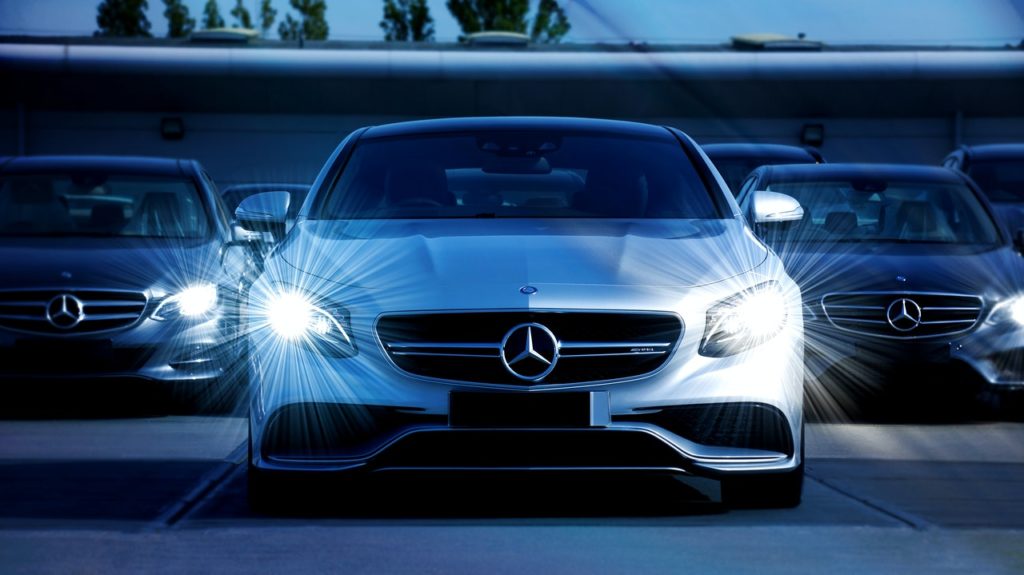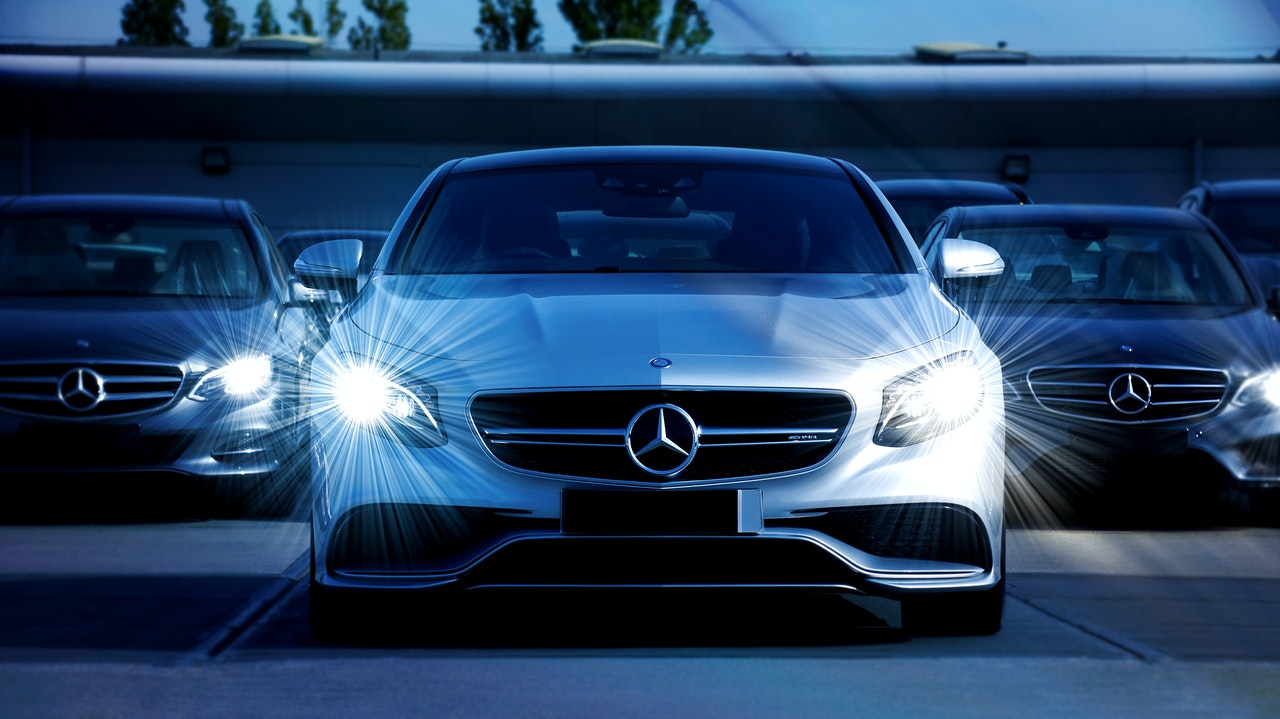
I learned this today. Headlamps were first used on horse drawn carriages and then transitioned to the first horseless carriages. The first gas headlamps were used in the late 1880s.
I have used the word “headlight”, but the correct term is “headlamp”. The headlamp is the device that emits the light and the beam of light emitted is called the headlight.
Early headlamps on horse drawn carriages were either simply candles in a glass case or oil burning lanterns. These were called carriage lamps. The very first horseless carriages (cars) used a carriage lamp, but it wouldn’t stay alight at speed.
From 1894, lights that burned acetylene gas were used on cars. The gas would burn with a flame, and it would be reflected out by thick concave mirrors. A magnifying lens at the front projected the light in front of the car. The problem with this system was that the light couldn’t be seen very far, and the acetylene gas would freeze if the weather was too cold. The lamps were also fairly expensive.
In 1898, the first electric headlamp was invented. They had a lot of teething problems: The parts were very expensive, it wasn’t easy to make a dynamo small enough yet powerful enough, and the filaments in the bulbs burned out far too quickly.
By 1908, electric lights that were powered by an 8-volt battery had been designed. However, these were still very expensive. Being able to see and drive your car at night was considered a luxury. It seems common sense to us that cars should have headlamps in order to see and be seen, but in 1908 the car was still a fairly rare item. In 1900, in America, there were 0.11 cars per 1000 people. By 1908, that had risen to 2.24 cars per 1000 people. That means there were only about 200,000 cars in the whole of America. Any innovations for the car would be expensive until the number of cars produced increased enough to bring down the costs. That is the same with any new technology. It doesn’t take long for the number of cars to rise. The number of cars per thousand people almost doubles every two years over the next couple of decades. As more cars are made and bought, the cost of innovation comes down.
There were a few important changes in the 1910s. Headlamps that would work in the rain were invented. Lights that could be switched on from inside the car were invented. Up until then, to switch the lights on required getting out of the car and flipping the lights up by hand. High beams and low beams were also invented.
The most important step came in 1915 when Massachusetts became the first state in the US to require electric headlamps on all motor vehicles. They realized the safety potential if drivers were able to see at night and if pedestrians were able to see oncoming cars at night. This requirement was soon standard across America and the rest of the world. And it brought more innovation. Taillights and brake lights were brought in just after this law was passed.
By the end of the 1920s, there were 87 cars per thousand people in the US and it was becoming a huge business. The next problem was the glare of the lights. As more and more cars drove on the roads, the headlamps were dazzling. Laws were passed to specify the amount of light and the angle of the light. This made it safer for everyone on the road.
In the 1940s, the headlamps began to be incorporated into the design of the car, rather than being added to the frame. The 40s was also the decade when the turn signal was invented. Before this invention, people would signal with their arms out of the car window.
The 1950s saw a big jump in the number of cars owned. By 1959, there were 400 cars per thousand people in the US. This increased car ownership led to a huge boost in infrastructure. Roads were built, streetlights were laid out, and the suburbanization of cities began. People would be driving at all times of the day and night, and they needed headlamps to do it with.
In the 1960s and 70s, the halogen headlamp was introduced, and it soon spread all over the world. It was brighter, had a richer quality of light, lasted longer, and didn’t use as much power. In the 1980s, the glass cover of headlamps was replaced by plastic for strength and safety reasons. Halogen lights were replaced by xenon headlamps in the 1990s. They are very bright and energy efficient. LEDs were also introduced. And that brings us up to date.
So, horse drawn carriages used carriage lights to see by. When the car was invented, these were used at first, but they didn’t work. Over several decades, the headlamp evolved to what we know now. And this is what I learned today.
If you read this far, I would appreciate a like and a follow.
Photo by Mike B: https://www.pexels.com/photo/white-mercedes-benz-cars-120049/
Sources:
https://www.carthrottle.com/post/from-lamps-to-lasers-the-evolution-of-headlights/
https://blog.theretrofitsource.com/the-history-of-automotive-headlights-retrofit-source
https://www.powerbulbs.com/eu/blog/2017/08/when-was-the-headlight-invented
https://en.wikipedia.org/wiki/Headlamp
https://en.wikipedia.org/wiki/Car
https://en.wikipedia.org/wiki/Carbide_lamp

